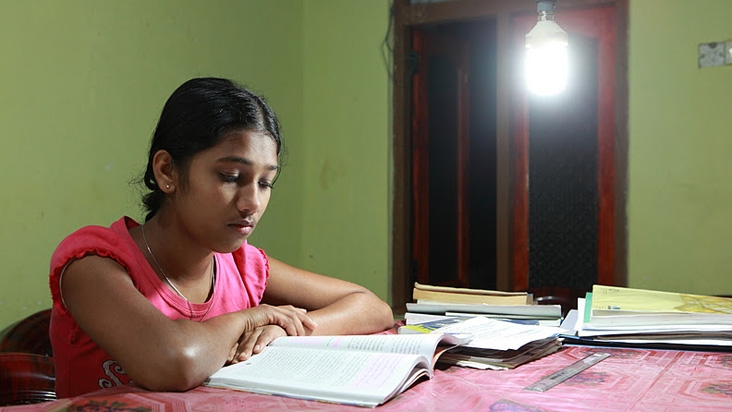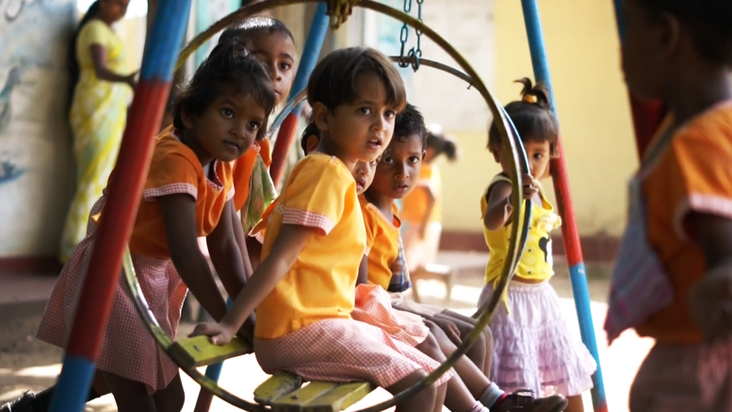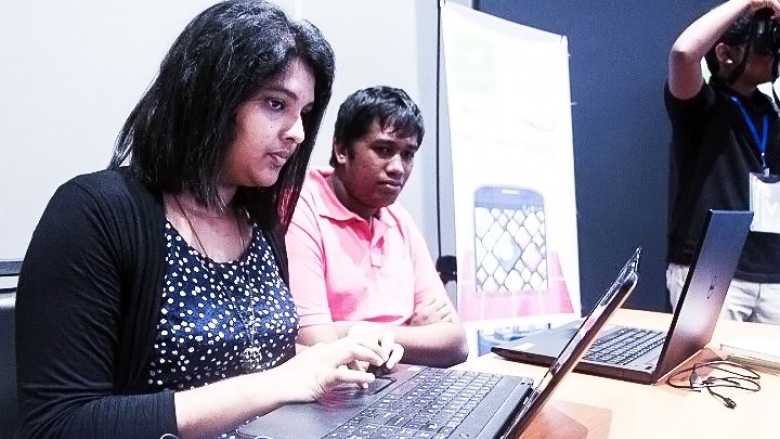This is Part 2 in our series on IDA-supported education programs in Sri Lanka. Part 1 Three Decades of Support to Improve Sri Lanka’s Education is available here
For Sri Lanka, investment in education was, and is, at the heart of its development strategy. It is a prominent focus of public policy.
For almost three decades, the International Development Association (IDA), the World Bank fund that helps the world’s poorest countries, has been the single largest foreign development partner in the education sector in Sri Lanka.
Each program has responded to public policy and national aspirations, seeking to support Sri Lanka’s development and growth.
Critical to this effort has been boosting institutional capacities and integrating quality assurance into every program.
Below are four key achievements:
1. Improving textbooks and upgrading the curriculum
Consecutive programs improved the content and physical quality of textbooks. Under the Second General Education Project (GEP II) about 20 million reasonably high-quality textbooks were printed. This led to savings as the annual textbook replacement rate dropped from 70 percent to 50 percent.
Another key development was the shift from a single textbook policy under state monopoly to a Multiple Book Option (MBO) policy allowing for greater private sector participation and a focus on improved learning outcomes, inclusion, equity, and diversity.
The curricula in many disciplines were also out of step with the times. So, the Higher Education for the Twenty-First Century Project (HETC) modernized the Sri Lanka Institute for Advanced Technological Education (SLIATE) and its network of Advanced Technological Institutes. Curriculum and management reforms incorporated modern technology and teaching methods, offering thousands of young Sri Lankans pathways to successful careers.
2. Strengthening education policy, institutions and financing
Every IDA project has included components that were designed to strengthen institutions, improve financing and ensure education policy was responsive to contemporary needs.
Under HETC, reforms projected the rationalization and restructuring of university and non-university, and focused on improving public-private partnerships, introducing accreditation mechanisms, cost-recovery strategies, innovative faculties and increased access.
Under the US$ 100 million project, Transforming the School Education System as the Foundation of a Knowledge Hub project (TSEP), the government announced a policy that would take national assessments of learning outcomes and feed these back into policy and program development.
Also under TSEP, a model of school-based management called the Program for School Improvement (PSI) was deployed in which school officials such as principals, teachers and administrators were joined by stakeholders in the local school community, such as parents, in the management and administration of schools.
Each new project sought to ensure resources could be allocated in a fair, transparent and equitable manner to improve teaching and learning. GEP II was one of the early pioneers of a new approach, where a norm-based, unit cost resource allocation mechanism (NBUCRAM) was piloted successfully nation-wide. This had a profound effect of increasing equity in educational resource allocation and helping the poorest schools find their feet.


